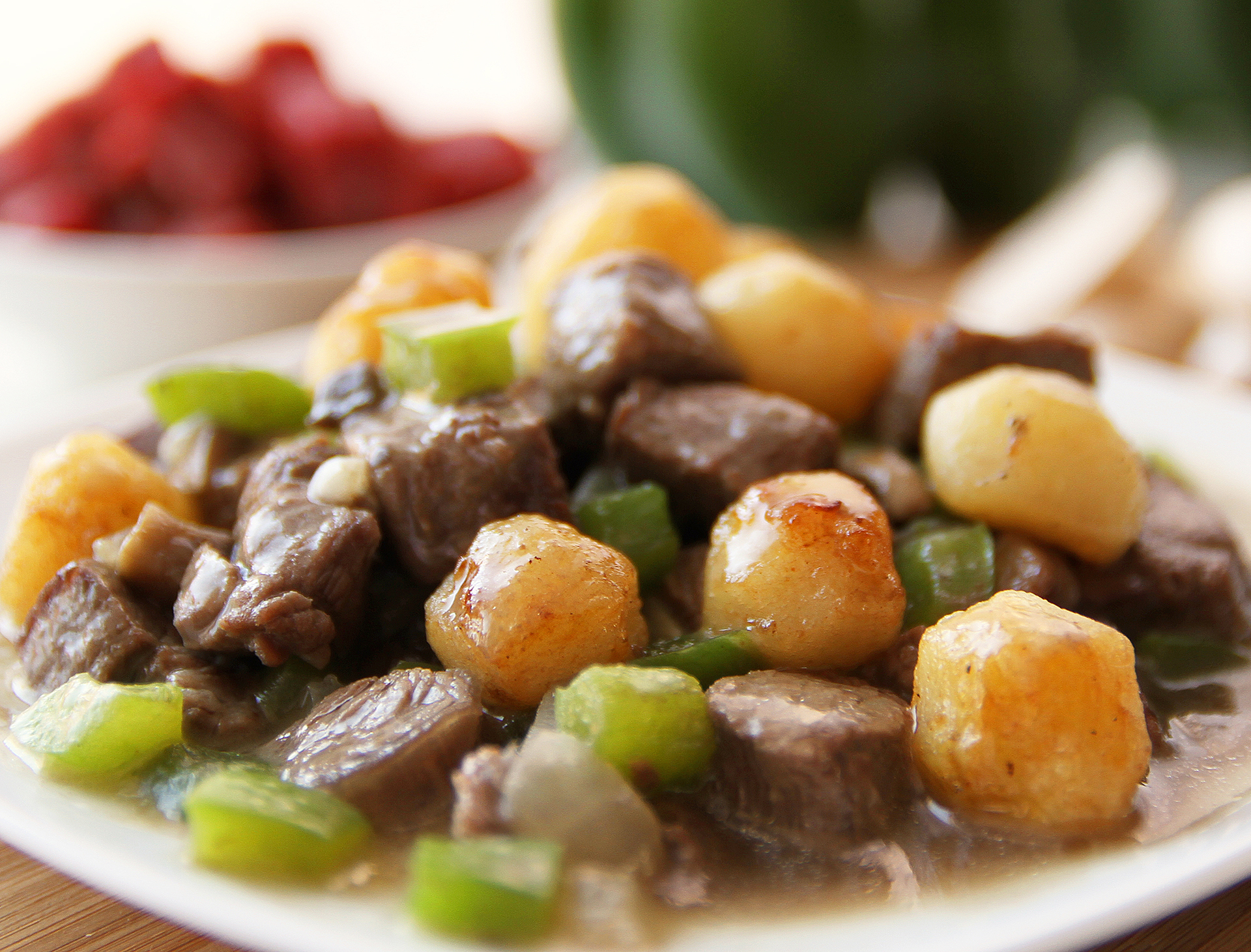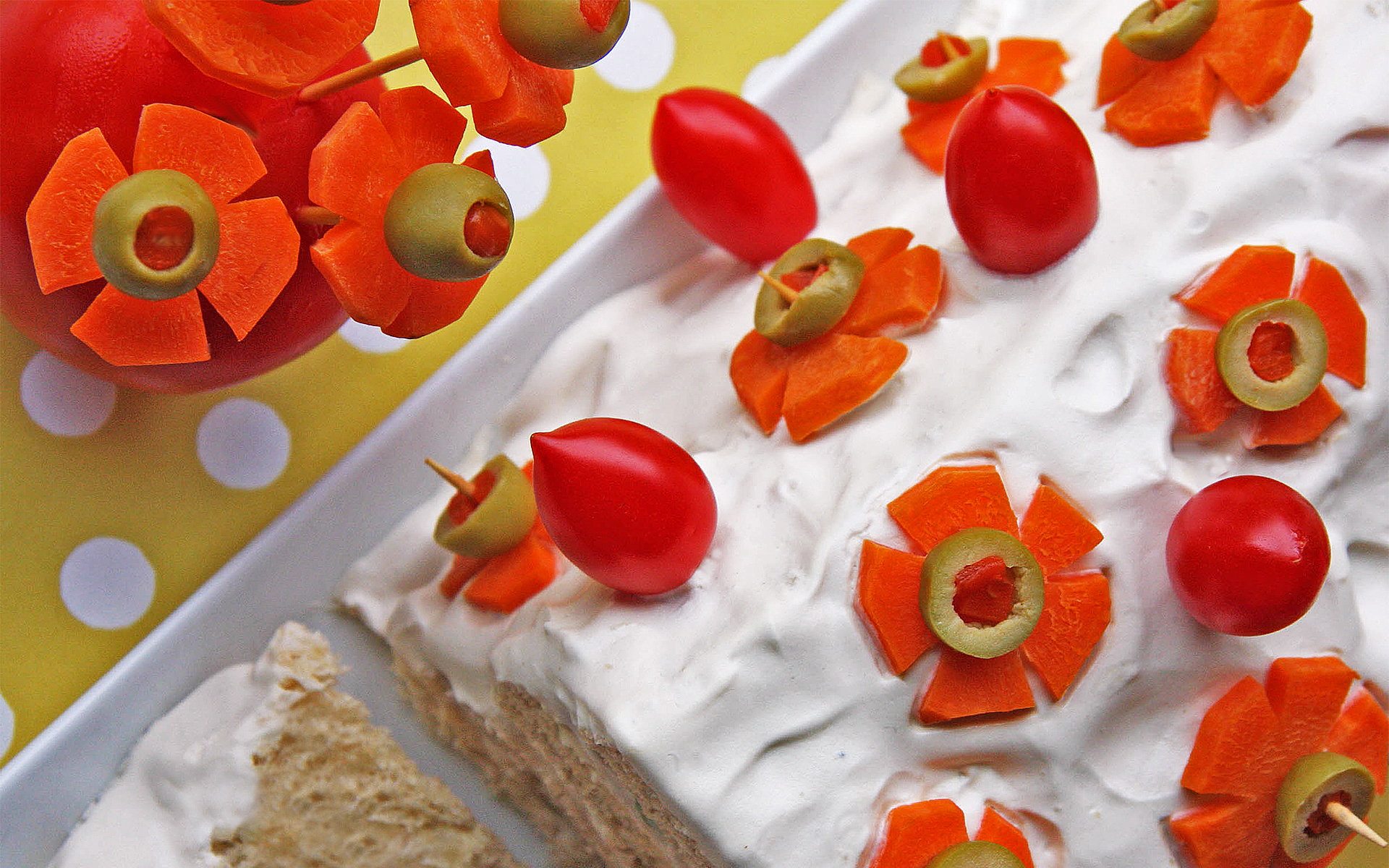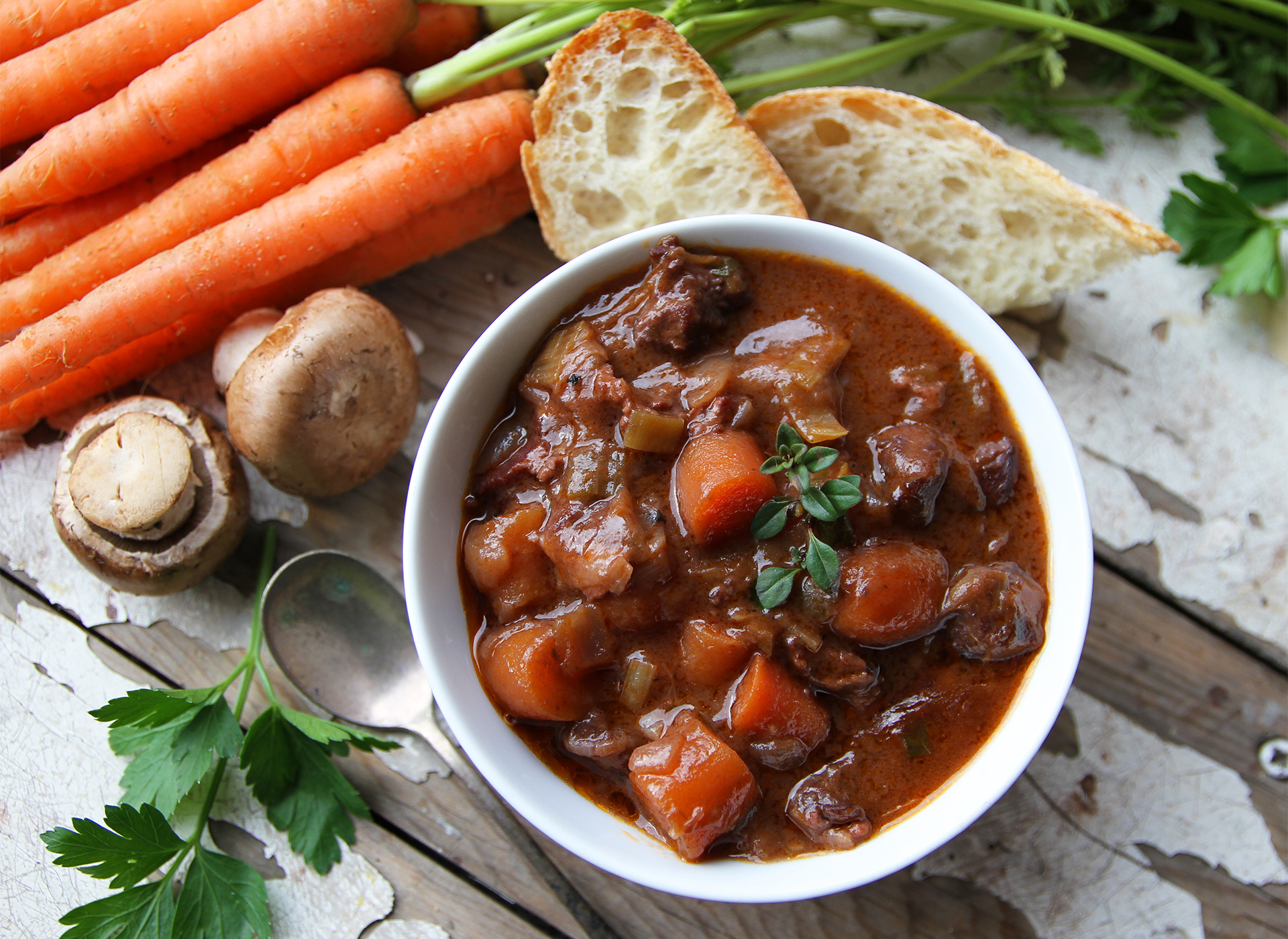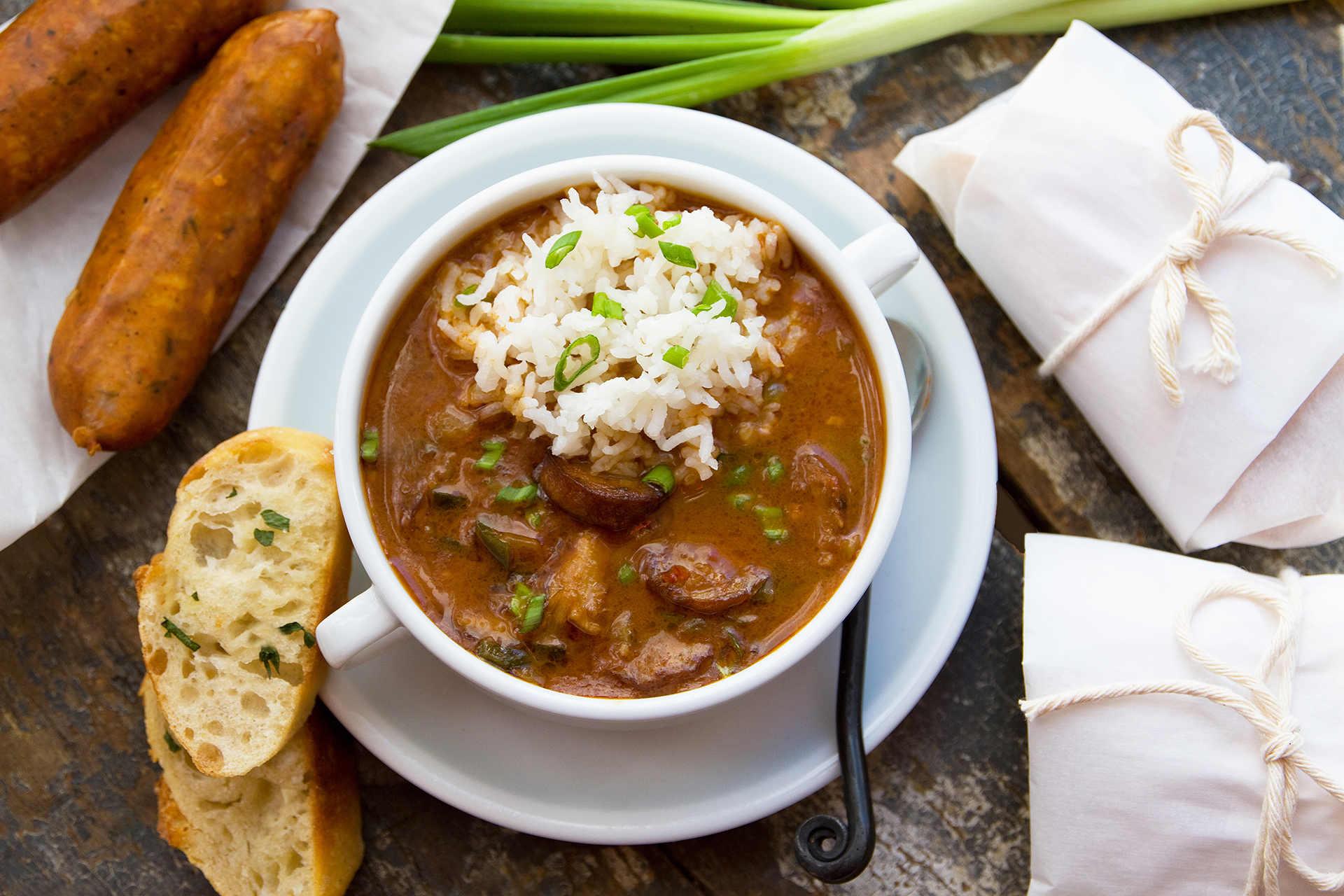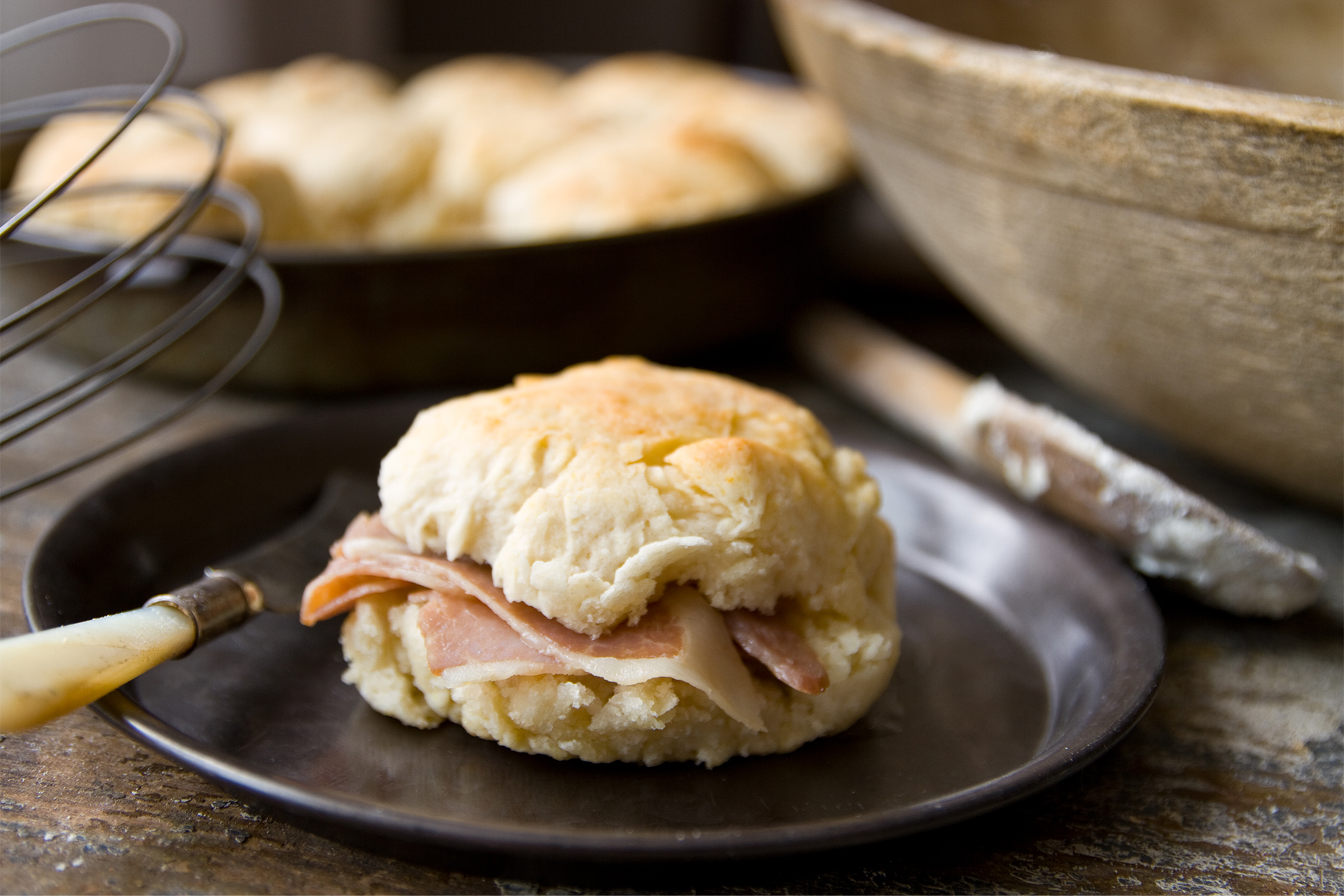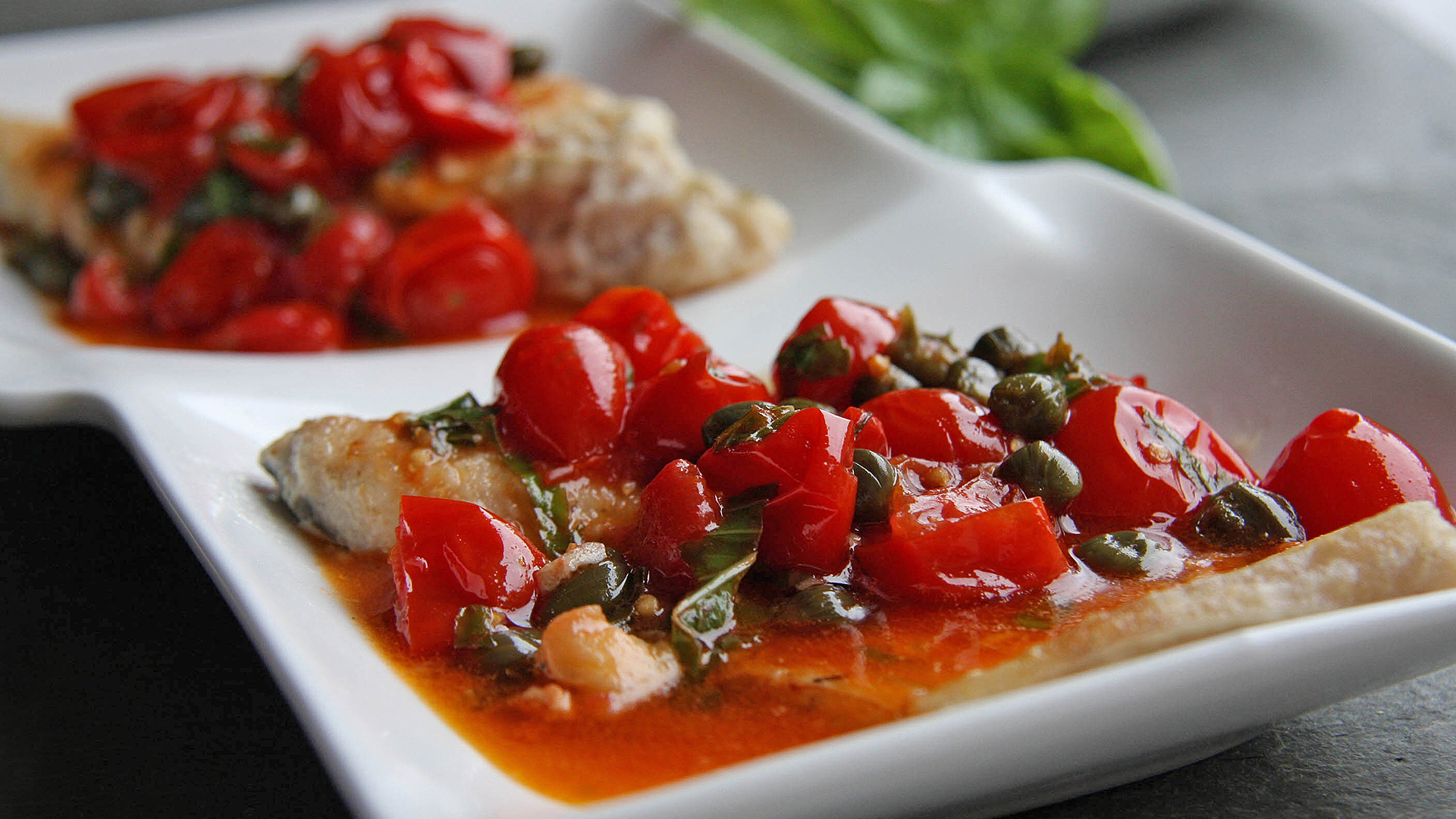There are a lot of vintage cheesecake recipes out there that ask you to “sieve” cottage cheese. Basically, that means rubbing/pressing the cheese curds through a sieve, until you end up with a smooth cream cheese you can’t get by whipping. This unusual griddle-cake recipe, uses the technique to smooth the cheese before adding it to the batter. It’s from Mike Fritzel, owner of long-gone Chicago blockbuster Fritzel’s restaurant, a celebrity spot which operated from 1947 to 1972 at 201 N. State. Continue Reading…
I first launched Lost Recipes Found as a column in the Chicago Tribune, which has a lovely archive of vintage recipe stories–good reading if you’re a recipe nerd : ) Poking around in there, I noticed that Morrison Wood, a popular Chicago Tribune columnist in the ’50s and ’60s shared lots of pepper steak recipes (obviously popular then), usually honing in on the chuck or round steak varieties of the dish braised with onions, bell peppers and tomatoes in red wine for several hours. But 59 years ago, he also shared the recipe for this more-refined saute that he felt merited the extra expense of the better beef cut. Continue Reading…
Earning of pride-of-place on many a ’40s and ’50s shower table, the frosted sandwich loaf was a tower of cream-cheese slathered creativity. Vegetable, meat, fish, cheese, fruit-and-nut fillings, and flavored butters were spread over breads, stacked and sliced in patterns (gangplank, ribbon, checkerboard) and then covered in whipped cream cheese that could be “delicately tinted with a few drops of vegetable coloring.” Continue Reading…
This is a pot of pure comfort. Beef Bourguignon. I have had many requests for this most-classic of beef-stew recipes, starting when I was doing Lost Recipes Found as a column for the Chicago Tribune, and continuing on today. The Trib first published a version of this recipe in 1954, reprising it in 1957, 1967 and 1972. We like our addition of beef stock to the recipe, but the basics remain the same. The key to superb flavor is browning the beef before slow-simmering, adding a full bottle of burgundy wine, and plenty of fresh vegetables and herbs. Be sure to have a loaf of crusty bread on hand to go alongside when you serve it. My recipe has you simmer the stew on the stove top for the first half hour, and then move it to the oven for the last hour (so you don’t have to keep up with the occasional stirring.) But you can also just leave the stew on the stove top over very low heat instead of moving it to the oven. If you choose this option: Just be sure to stir the pot every ten minutes or so, to ensure nothing sticks at the bottom. Continue cooking until the flavors have deepened and the sauce has thickened.
There are nearly as many recipes for gumbo as there are Cajuns. A lot of ‘em are made with okra, but this gutsy, smoky-rich sans-okra version from Atlanta chef Ford Fry, is my favorite. Fry’s roux mixes Creole stylings (a lighter hued butter-flour roux) and Cajun traditions (roux made with lard or oil and flour and cooked to a deep, dark brown.) Put some music on and be patient–it takes a while for the flour and fat to brown to the deep hue that gives this gumbo its full flavor. Serve it over white rice with snipped scallions and Ford’s Potluck Garlic Bread. And any leftovers? They’ll taste even better next day. Cheaters note? When I can’t get to a duck, I’ve made this with chicken wings and legs and it turned out just fine!
Even though Georgia’s “official” state food is grits, there was a time when this simple tomato-and-pepper chicken curry was identified in the State of Georgia, as “Georgia’s state dish.” Writing 34 years ago in “Georgia Heritage: Treasured Recipes,” Mrs. Sewell Marion Brumby claimed that her mother (Mary Hart) created what became known as Country Captain from a recipe she widely adapted from Alessandro Fillipini’s 1880 Delmonico’s cookbook, in the early 1900s. Continue Reading…
Pull these soft little clouds of biscuit hot from the oven, slit them and fill them with salty country ham, or sweet/salty brown-sugar ham for a brunch opener or simply as a very-special snack. It’s your choice–we’ve included all three recipes: a lovely light Southern biscuit, traditional thin-shaved country ham, and a more-to-Midwestern tastes brown-sugar ham adapted from an old Will Rogers recipe.
I get a lot of requests for old recipes from the Como Inn, a long-gone Chicago restaurant favorite which operated from 1924 until 2001. People remember the place for its ambience and style–but also, for simple classics like this dish, requested by reader Prairie T. Fresh basil & oregano, sweet tomatoes, and whitefish, good-quality olive oil, a little white wine, lemon and capers. Continue Reading…


